Picture this!
You're on the trail, and you need to answer nature's call. You reach in your backpack for toilet paper but can't find it. It’s somewhere at the bottom of the bag.
You now have to remove everything in the bag to get to the toilet paper.
Frustrating, right?
Today's article aims at helping you avoid such a problem. In this ultimate guide, you'll learn how to pack a backpack for your next hiking trip effectively.
Here's what you'll learn
Let's get right into it!
Table of Contents
- Why You Should Carefully Pack a Backpack
- How to Pack a Hiking Backpack
- What to Pack At The Bottom Part of the Backpack
- What to Pack at The Core Area of your Rucksack
- Where to Pack at the Top Area of your Backpack
- What to Pack In External Pockets
- Tips for Effective Packing
- #1. Plan Ahead
- #2. Use Laundry Bags to Organize Small Items
- #3. Weigh Your Backpack Before Leaving Home
- #4. Use Compression Straps
- #5. Pack Food Above the Fuel Bottle
- #6. Pack a Filled Reservoir First Before Packing Anything Else
- #8. Use Pots as Hard Metal Sacks
- Frequently Asked Questions About Packing a Backpack
- How much should a hiking backpack weigh?
- How big of a backpack will you need?
- How do I prepare my backpack for rain?
- How do I fit my sleeping bag into my backpack?
- How do I hoist my backpack?
- Time to Enjoy The Trails
Why You Should Carefully Pack a Backpack
Other than the above scenario, there are other reasons why you should consider carefully loading your backpack for your trip.
For starters, cramming everything in your backpack will only make it uncomfortable and unbalanced as the weight isn't correctly distributed. A poorly packed rucksack may only end up pulling you backward or dragging your down. However, a well-packed backpack is balanced and doesn't sway as you move.
Carefully packing a backpack also helps ensure you carry all your intended gear. Cramming everything without a plan will result in wasted space. However, in a well-packed rucksack, all the nooks and crannies are filled; therefore, minimal space wastage.
Now that you know why it's essential to load up your backpack carefully, let's get into how to actually pack the bag.
How to Pack a Hiking Backpack
Before anything, you'll first have to ensure you have everything you need. Lay everything you plan to carry on the ground before packing. Remove unnecessary items and make sure you have all the hiking essentials.
If you're unsure of what to carry, check out our camping checklist here.
To ensure you distribute weight evenly in the rucksack, you'll need to divide your backpack into different zones. These are:
- The Bottom
- The Core
- The top
- Outside Pockets
- Loops and Straps
What to Pack At The Bottom Part of the Backpack
Items placed at the bottom of your backpack should be those you don't intend to use during the day.
These include things like:
- Sleeping pad
- Sleeping bag
- Camp sandals
- Clothing
As you can see, all these items are bulky but lightweight. The reason for packing these items at the bottom of the bag is because if you were to pack heavy objects, the backpack would sag and swing.
Packing bulky items at the bottom also helps to reduce the number of nooks and crannies; therefore, minimal space wastage.
What to Pack at The Core Area of your Rucksack
The core area is the midsection of your rucksack that's closest to your back.
This is where your bag's center of gravity is, which is where it's where you place the heaviest items. Some of the things to store here include:
- Hydration pack
- Food stash
- Climbing gear
- Bear Canister
- Cook kit
- Stove
- Tent
Where to Pack at the Top Area of your Backpack
The top area of your rucksack is where you place the items that you need frequently.
These include things like:
- Snack
- Water bottles
- First aid kit
- Rain gear and jacket
- Hat
- Toiletries
What to Pack In External Pockets
External pockets are great for packing small items that you'll need to get to all through the day.
These pockets are a combination of top compartments, side pockets, water bottle pockets, and hip belt pockets.
Some of the things to pack in these pockets include:
- Sunscreen and sunglasses
- ID, wallet, and keys
- Bug spray
- Map
- GPS
- Phone
- Snack
Tips for Effective Packing
Now that you know how to pack a backpack effectively, here are some tips for making your packing experience easy and stress-free:
#1. Plan Ahead
Make sure you have all the items you'll need before starting to load up your bag. You don't want any surprises mid-packing or, worse still, having forgotten something important.
#2. Use Laundry Bags to Organize Small Items
In our article on how to take care of clothes in an eco-friendly way, we mentioned the need to use laundry bags. Well, that’s not the only of laundry bags.
Organizing small items in a laundry bag helps keep them separated and easy to find without having to rummage through the entire backpack for something specific.
#3. Weigh Your Backpack Before Leaving Home
You don't want to end up carrying an over-packed backpack that looks like it's about to break.
So before leaving, make sure you weigh your pack and adjust the load if necessary.
#4. Use Compression Straps
Compression straps are efficient tools to help bring the load closer to your body. They are also great for putting things at the bottom of the pack in place and compacted.
#5. Pack Food Above the Fuel Bottle
If you're packing fuel bottles in your backpack, make sure to store food above it.
This will prevent any leaking of fuels onto the food and ensure that they don't smell like propane all day long.
#6. Pack a Filled Reservoir First Before Packing Anything Else
Before packing anything else, make sure to fill up your hydration reservoir and load it first.
If you were to try and pack a reservoir when the pack is full, it would be impossible to slip it in.
#8. Use Pots as Hard Metal Sacks
You can use a pot as a hard metal sack to store small items that you don't want rolling around your backpack.
Frequently Asked Questions About Packing a Backpack
How much should a hiking backpack weigh?
When going on a multiday hike, your backpack shouldn't weigh more than 20% of your body weight.
However, you should reduce this weight to a maximum of 10% of your body weight for day hikes.
How big of a backpack will you need?
The answer to this depends on how long your trip will last. For a day trip, you'll need a 20-35L bag.
If you plan to hike for the weekend, a 35-50L bag should be enough for you. A larger backpack (50-75 L) will be enough for you for a multiday trip.
How do I prepare my backpack for rain?
One way to prepare a backpack for rain is by packing all delicate items in waterproof bags. This includes things such as
- Sleeping bag
- Phone
- Toiletries
Using waterproof bags ensures these delicate items don't get wet.
Another option is to purchase a rain cover for your backpack. Raincovers are ultra-light and take up minimal space when packing.
With a waterproof bag, you don't have to worry about the rain. An example of such a bag is the Northbound Cargo 50L backpack. The waterproof nature of this bag will protect all your gear in case of a sudden downpour.
If your budget allows you, you could also get a hiking backpack with an inbuilt rain cover. The Northbound Voyager expandable backpack is a perfect example of such a bag.
How do I fit my sleeping bag into my backpack?
To fit your sleeping bag into your rucksack, you'll first need to compress the bag.
To compress, you'll first need to get air out of the bag. To do this, start by folding your sleeping bag and slowly pushing the air outside. Do this several times until the sleeping bag is completely rolled up, then place it in a compression bag.
You can use compression straps to compress it further to ensure it fits in your rucksack.
Tip: Down sleeping bags tend to be more compressible than synthetic bags.
How do I hoist my backpack?
To hoist your backpack, start by placing the bag upright on the ground or a stool.
Next, loosen up the straps to make it easy for the backpack to slip on.
Then grab the haul loop and lift the rucksack to your thigh. For this step, avoid using the shoulder straps as this may damage them.
While still holding the haul loop, slide the other arm through the shoulder strap. Once secured, slide the other arm to its shoulder strap.
While still slightly bent over, connect the hip belt and chest belt, then stand straight to adjust the straps properly.
If your bag is well packed, it will feel balanced on your back; if not, you may notice it pulling you down or backward.
Time to Enjoy The Trails
There you go!
All you need to know about packing a backpack for your next hiking trip. Do you know of any other tips for packing a hiking backpack? Please tell us in the comment section below.
If you have any questions regarding how to pack a backpack, please ask in the comments section below.
And if you don't yet have a backpack and are wondering how to choose the best, check out our article on choosing the best hiking backpack.
And if you're looking for high-quality outdoor apparel and gear for your next hiking adventure, check out our online store here.
Upwards and onwards with Northbound Gear.
Read more
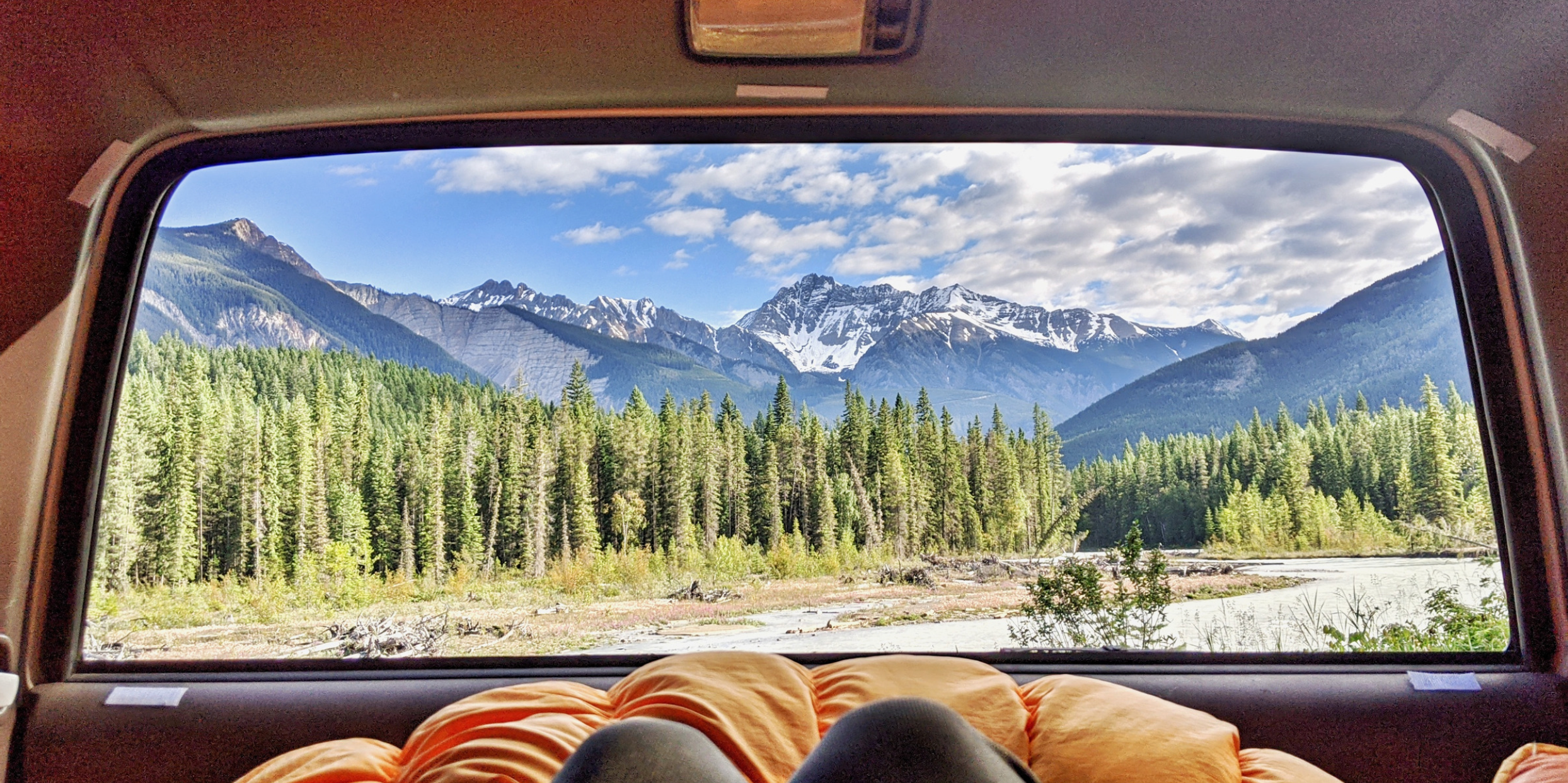
How do you ensure a good night’s sleep when camping in your car? What type of gear should you bring for car camping? Where should you park your car when you intend to car camp? We answer all this i...
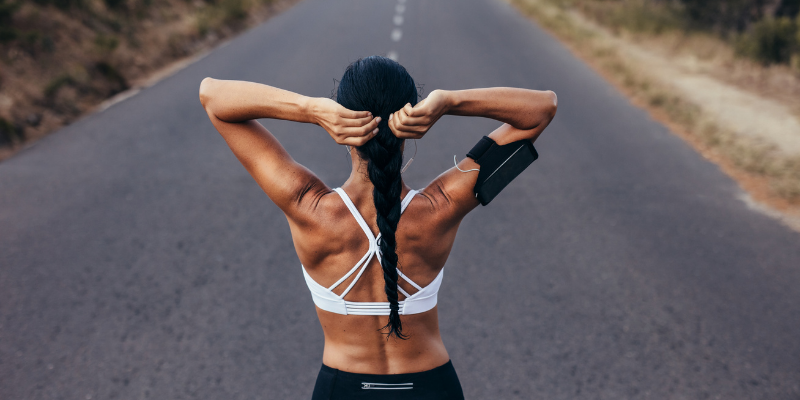
Hiking is an extremely physically demanding activity. The rugged terrain of hiking trails requires you to have strong legs, core, back and shoulders. If not you might not enjoy your trip as you’d l...
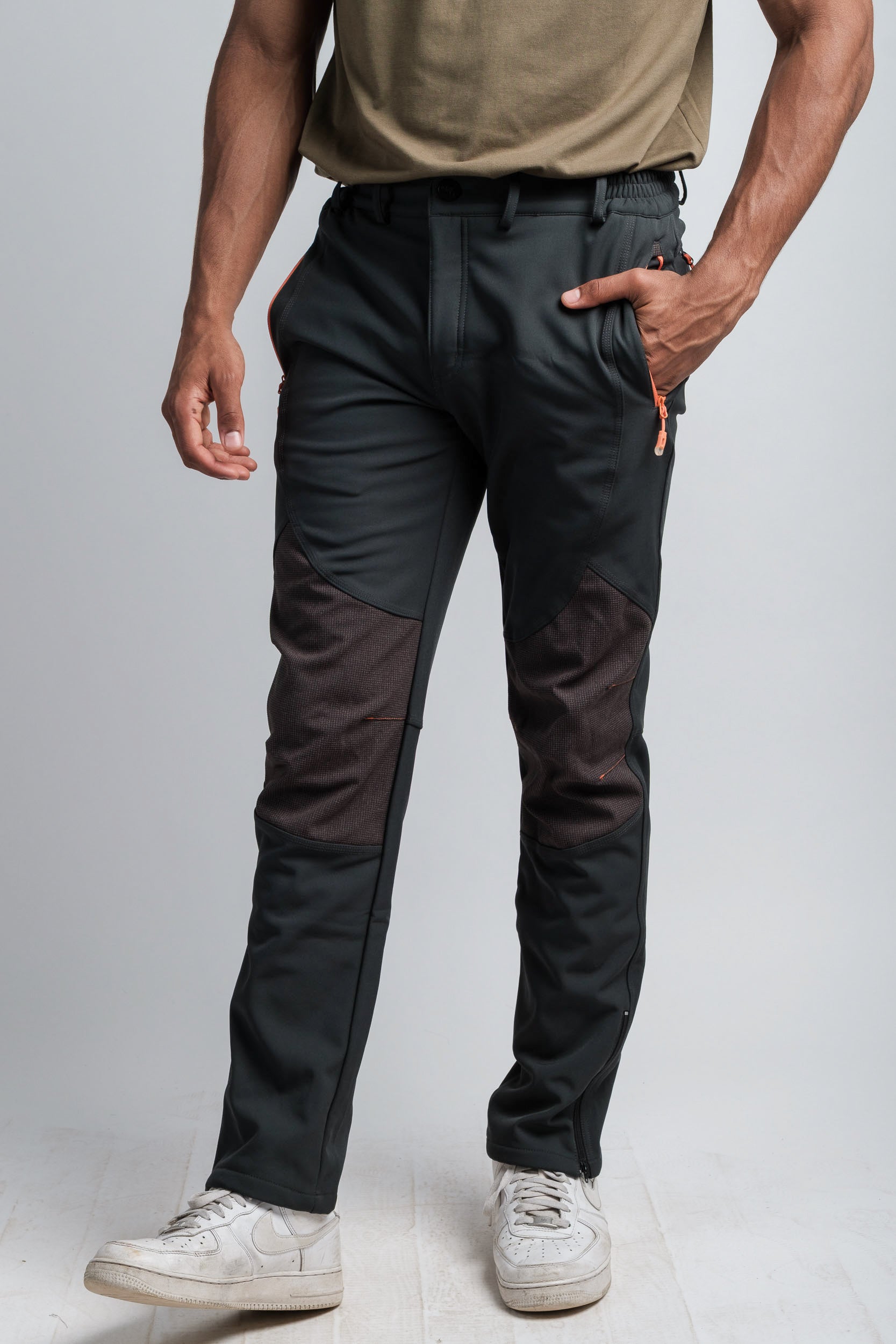
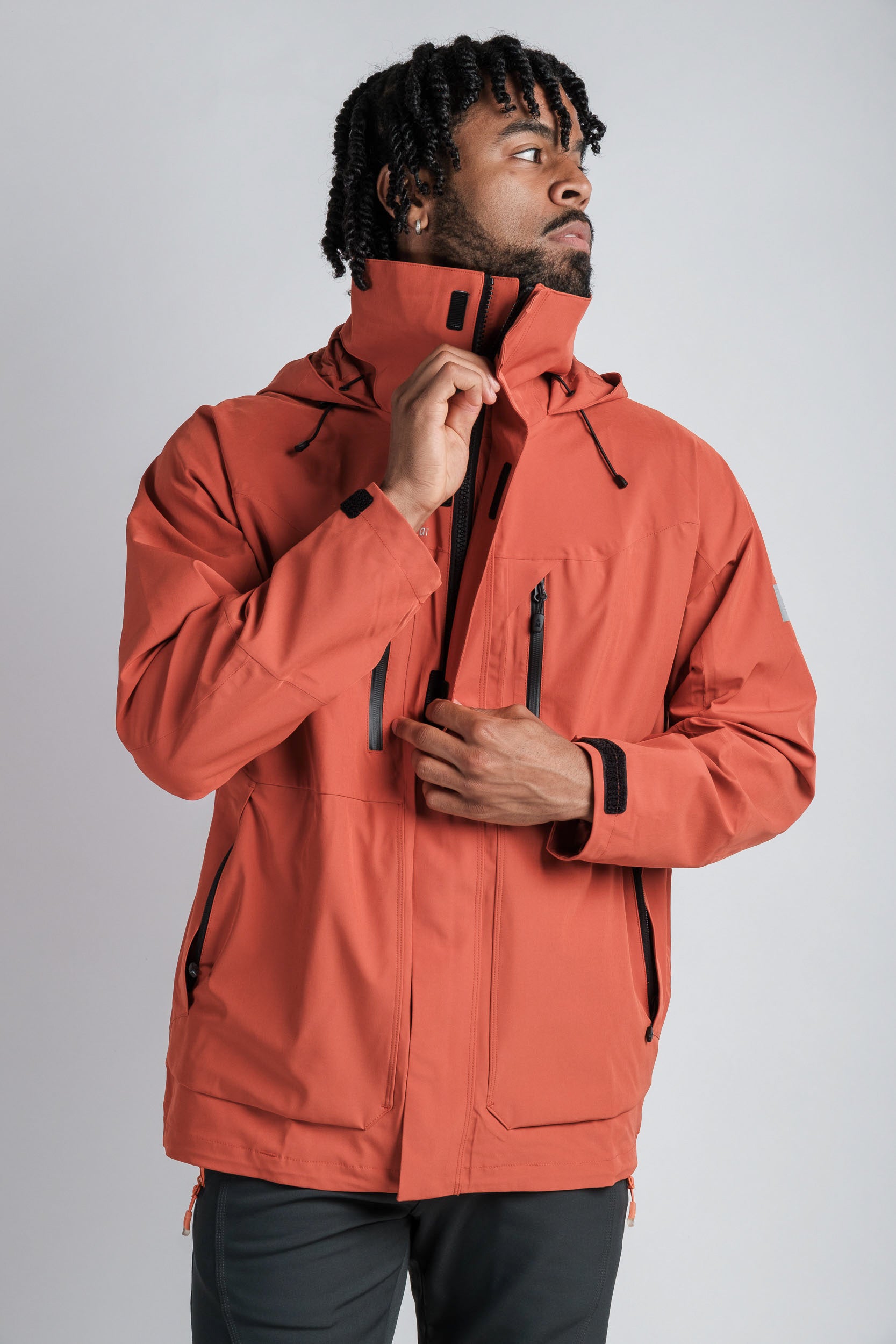
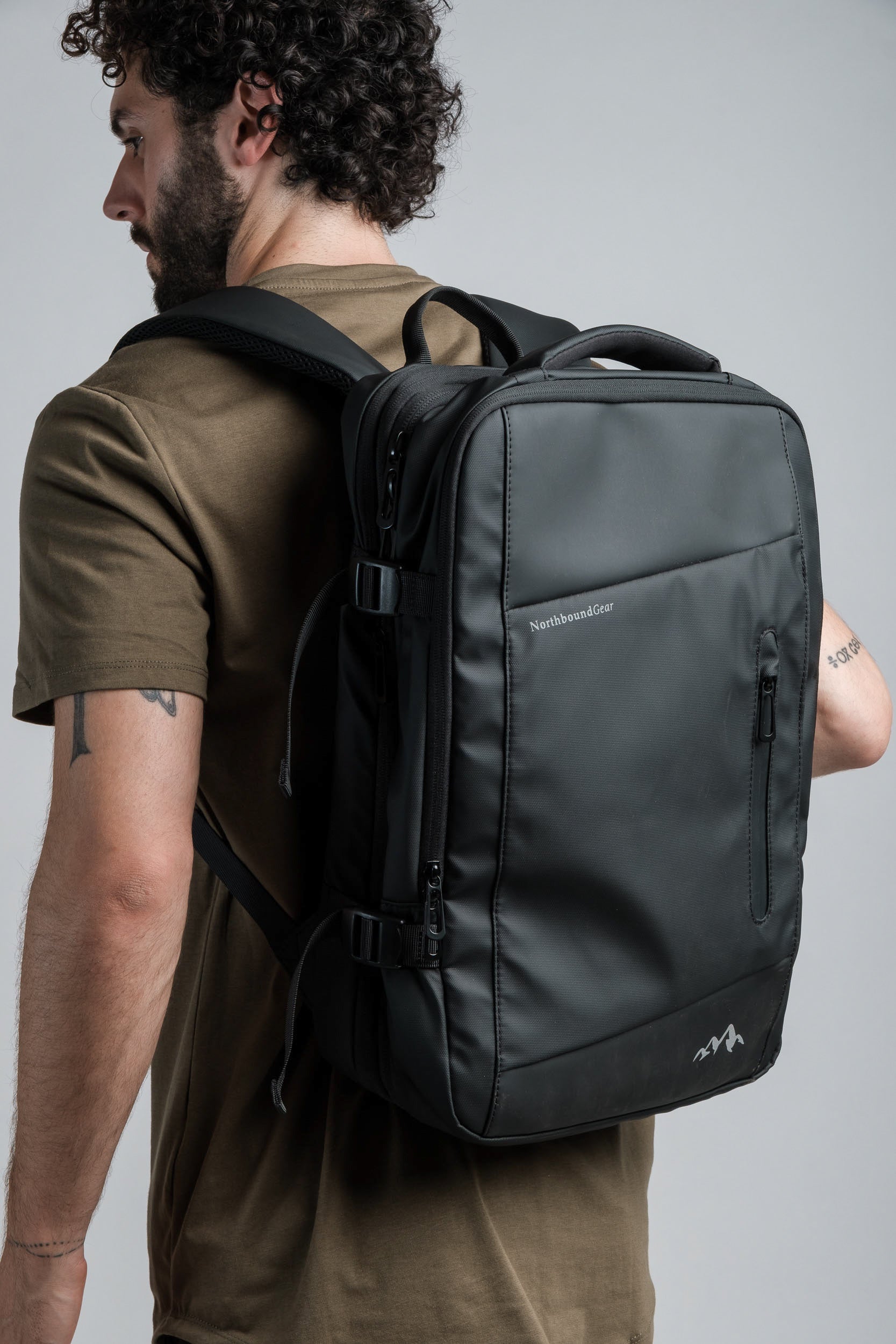
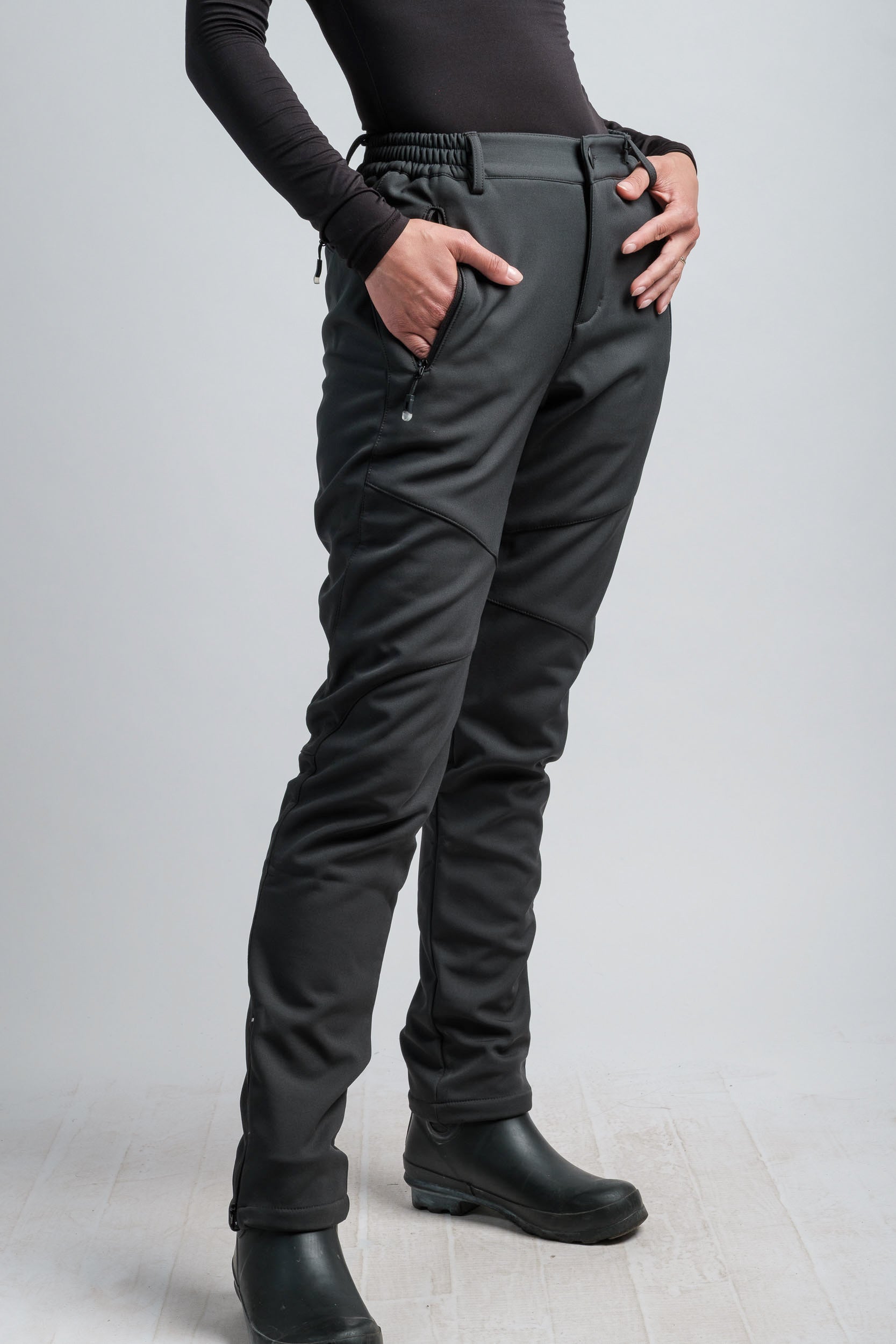
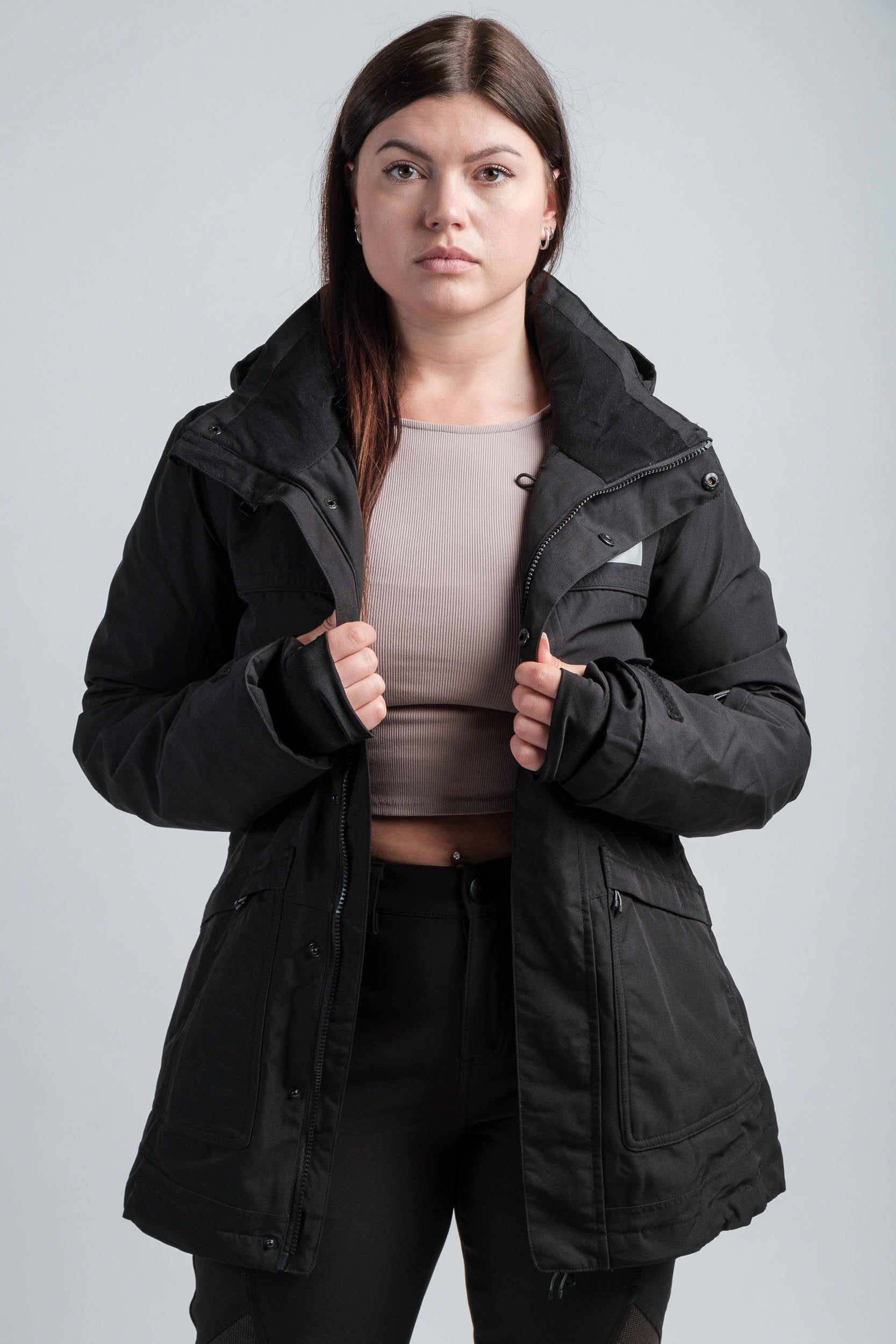
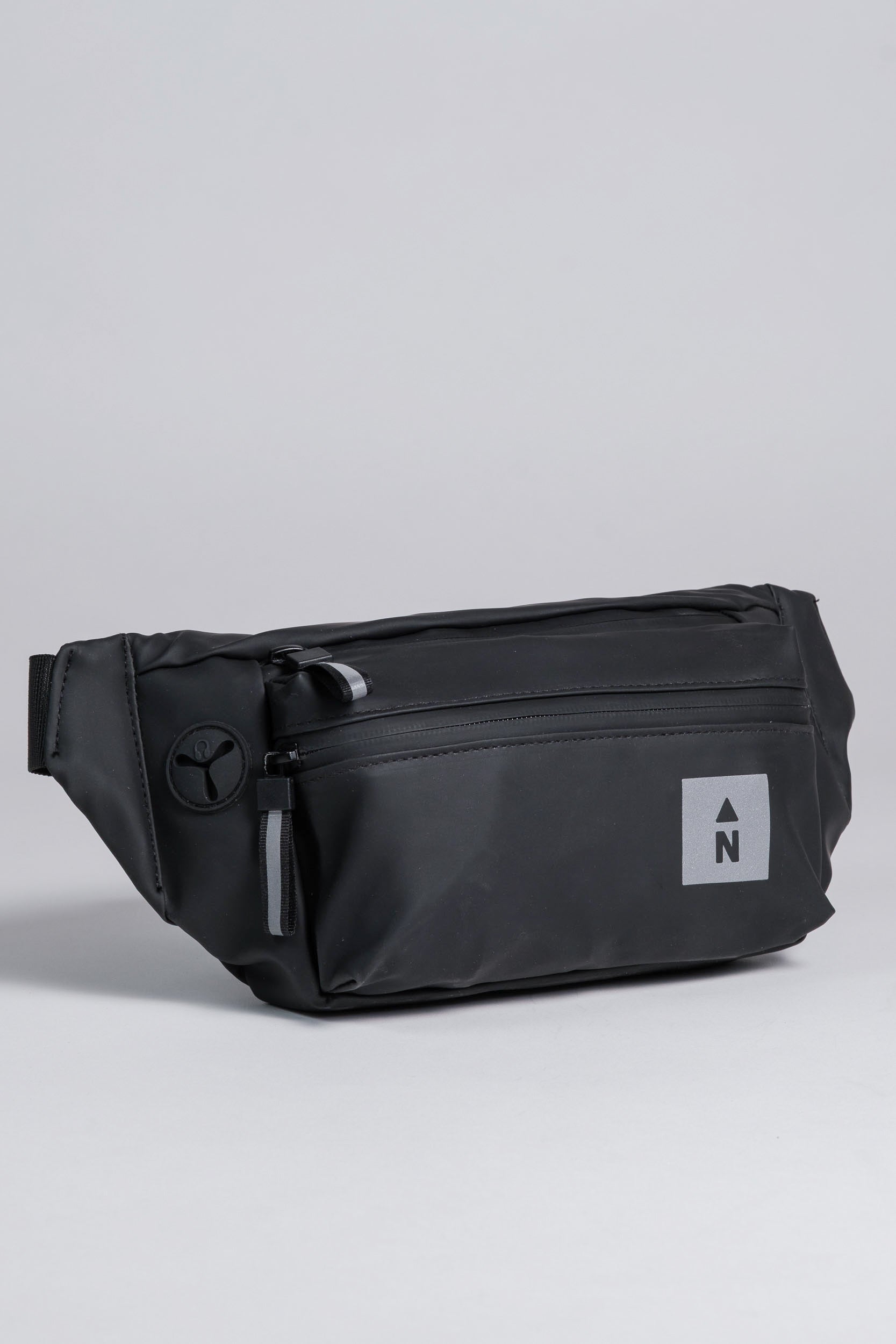
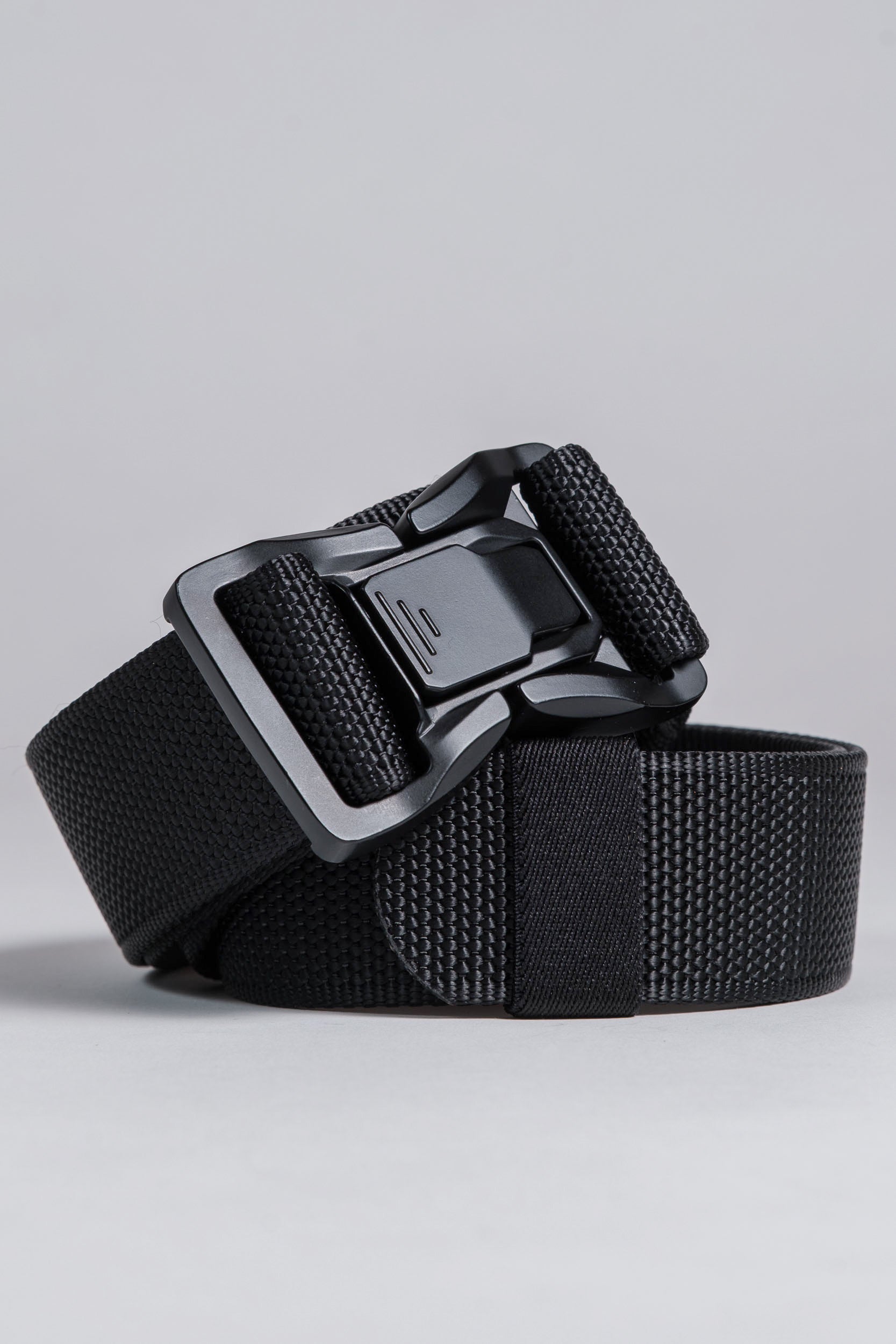
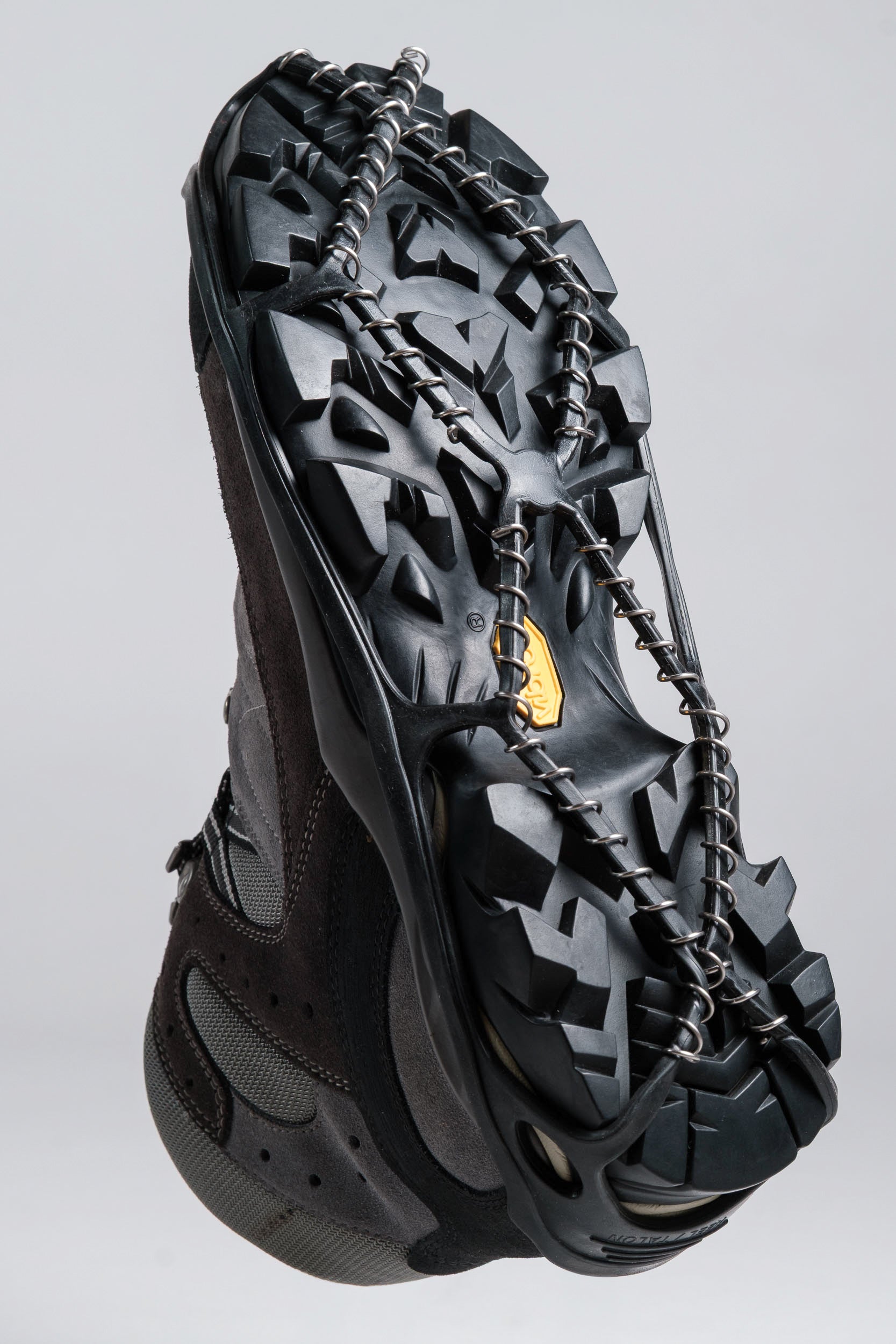
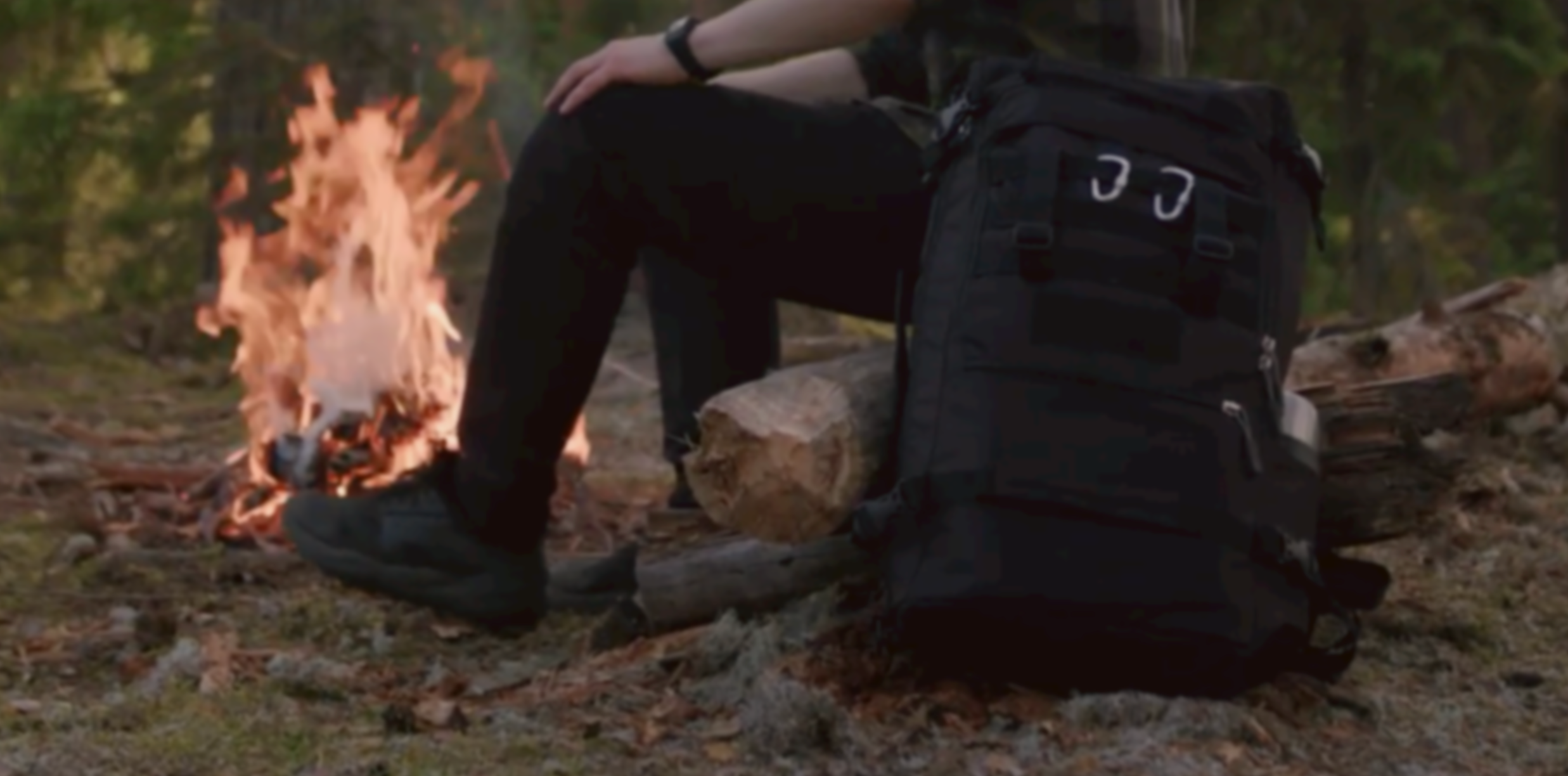
Leave a comment
All comments are moderated before being published.
This site is protected by hCaptcha and the hCaptcha Privacy Policy and Terms of Service apply.